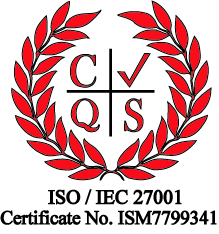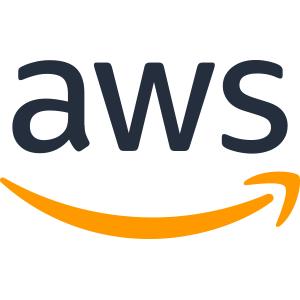We’ve predicted that forwarding thinking organisations will be supporting remote workers across the globe to get the best talent, allow them to work on the devices of their choice to maximise productivity and conducting meetings via video, rather than travelling and impacting the environment.
But no one expected to find us in the position we are now facing. So many organisations are suddenly supporting their entire workforce remotely and their collaboration platforms, often chosen because of existing IT ecosystems or simply to facilitate video meetings with clients are being tested to their limits.
Raised Profile
With this sudden near-universal shift to home working we are experiencing, there have been some high-profile news stories highlighting security flaws, calling into question what companies are doing with all the personal data and information they collect and some critical outages and downtime that have effected large numbers of users.
There are some basic requirements IT departments should be asking for if they are looking to deploy a new collaboration platform and some tips on how to approach changing or upgrading their collaboration environment remotely.
Tips For IT Departments
My first piece of advice is not to rush into a quick purchase. I get it, the pressure is on, now you suddenly have to support remote workers of varying levels of IT competency, allow them to share files, instant message and video chat and all while keeping your organisations private data secure!
There’s temptation to rush in and pick one of the big collaboration platforms. A lot of platforms are offering their basic apps for free right now, and in a lot of cases that could be a good option.But consider your enterprise’s requirements before opting for something. Ask yourself the following questions:
Q: What platforms do your clients, partners, investors or suppliers use?
A: Make sure to pick a platform that interops with the various other videoconferencing systems your users will be trying to connect to
Q: What are your staff’s familiar workflows? What is their familiarity with various software?
A: Investing in a very feature-rich platform, but one that is unfamiliar or difficult for new users to learn will ultimately lead to low user adoption, shadow IT (threatening your security) and eventually a poor return on your investment.
Q: Will this solution work on the various types of devices and operating systems my users will have at home?
A: Ensure your solution supports both MacOS and Windows as well as Android & iOS if your users need mobile support. Most do, but look out for what the software and plugin requirements are. You might use Chrome but you may find some users still use Internet Explorer. Check the app plugins support all of the major browsers on the market.Luckily this is one of the easier points to tick off, as most platforms have this universal level of support
Q: How do I keep my users secure (or trust them to keep themselves secure)?
A: This ones a little more in-depth. Firstly you need to check the key security credentials of the platforms you are considering. Check if their solution provides end-to-end AES encryption and ask to see their GDPR and Data privacy policies. Make sure they provide you with adequate explanations of:
- How data is protected, at rest and in transit
- Where data is held
- What 3rd parties have access to the data
- How long data is kept for
- If data is ever sold or transferred
Check their policy and procedure for disclosing data breaches and that they regularly push out security updates and hot-fixes. Secondly it’s a good idea to remind your users of the basic rules of online security such as using secure passwords, secure their home Wi-Fi properly, using VPNs, the importance of keeping software up to date and so on.
Q: What happens when all the staff return to work?
A: This is a critical one. With the world as it is, its very hard to see far into the future right now. But there will come a point when we return to the office, and the new cloud based collaboration platform you’re subscribed to for another year comes with you. Make sure you start thinking about those points before adopting a new platform and consider questions like:
- How will it work with your existing meeting rooms & legacy hardware?
- Is the platform scalable for those use cases?
- How will you support it going forward when it becomes the defacto platform for your boardroom meetings?
In conclusion
These are un-precedented times. We’ve seen that for once, technology is ahead of the game and its people that are having to update their processes to adapt to this new way of working.
There are a huge number of great choices of platform on the market, an almost bewildering choice. But rather like a puppy at Christmas, what you choose to invest in now to steer your company through the current crisis, you will likely be looking after years into the future when things are back to normal.
This is where New Era Technology can help. We are a completely independent solutions provider and consultants. We are partnered with the biggest collaboration platforms out there, but we are not biased to any one.
We use our 25 years of experience to help you choose the right solution for your needs & budget. We design and deploy your solution for you (remotely if needed) and then support you with whichever level of SLA you require.
More information
Discover our collaboration services
Contact our team directly for more information

 Australia
Australia Canada
Canada New Zealand
New Zealand UAE
UAE United States
United States







